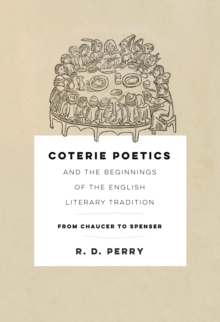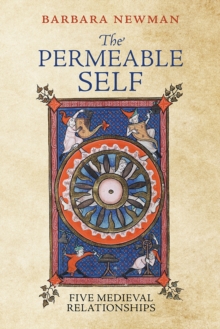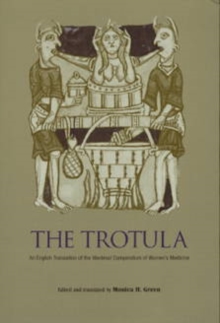
Gilding the Market : Luxury and Fashion in Fourteenth-Century Italy PDF
by Susan Mosher Stuard
Part of the The Middle Ages Series series
Description
In the fourteenth century, garish ornaments, bright colors, gilt, and military effects helped usher in the age of fashion in Italy.
Over a short span of years important matters began to turn on the cut of a sleeve.
Fashion influenced consumption and provided a stimulus that drove demand for goods and turned wealthy townspeople into enthusiastic consumers.
Making wise decisions about the alarmingly expensive goods that composed a fashionable wardrobe became a matter of pressing concern, especially when the market caught on and became awash in cheaper editions of luxury wares. Focusing on the luxury trade in fashionable wear and accessories in Venice, Florence, and other towns in Italy, Gilding the Market investigates a major shift in patterns of consumption at the height of medieval prosperity, which, more remarkably, continued through the subsequent era of plague, return of plague, and increased warfare.
A fine sensitivity to the demands of "le pompe," that is, the public display of private wealth, infected town life.
The quest for luxuries affected markets by enlarging exchange activity and encouraging retail trades.
As both consumers and tradesmen, local goldsmiths, long-distance traders, bankers, and money changers played important roles in creating this new age of fashion. In response to a greater public display of luxury goods, civic sumptuary laws were written to curb spending and extreme fashion, but these were aimed at women, youth, and children, leaving townsmen largely unrestricted in their consumption.
With erudition, grace, and an evocative selection of illustrations, some reproduced in full color, Susan Mosher Stuard explores the arrival of fashion in European history.
Information
-
Download - Immediately Available
- Format:PDF
- Pages:344 pages, 24 illus.
- Publisher:University of Pennsylvania Press
- Publication Date:03/06/2011
- Category:
- ISBN:9780812205374
Other Formats
- Hardback from £64.85
Information
-
Download - Immediately Available
- Format:PDF
- Pages:344 pages, 24 illus.
- Publisher:University of Pennsylvania Press
- Publication Date:03/06/2011
- Category:
- ISBN:9780812205374










